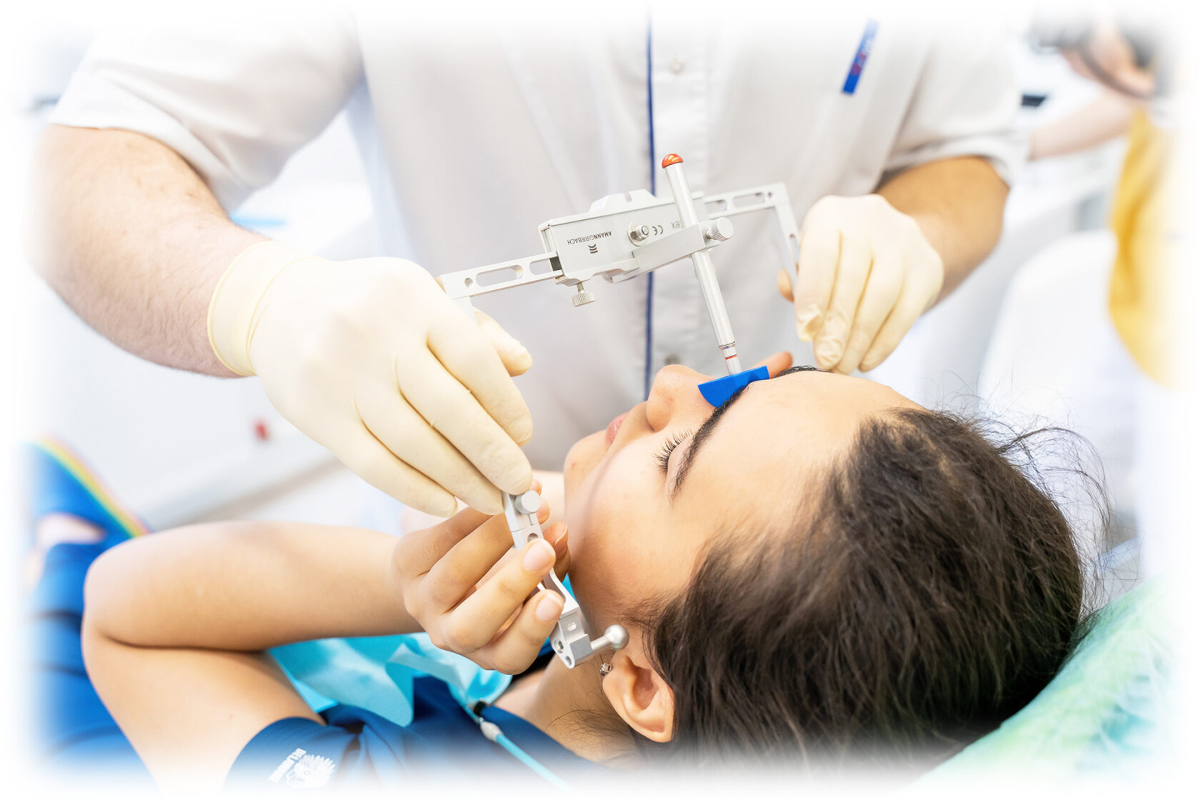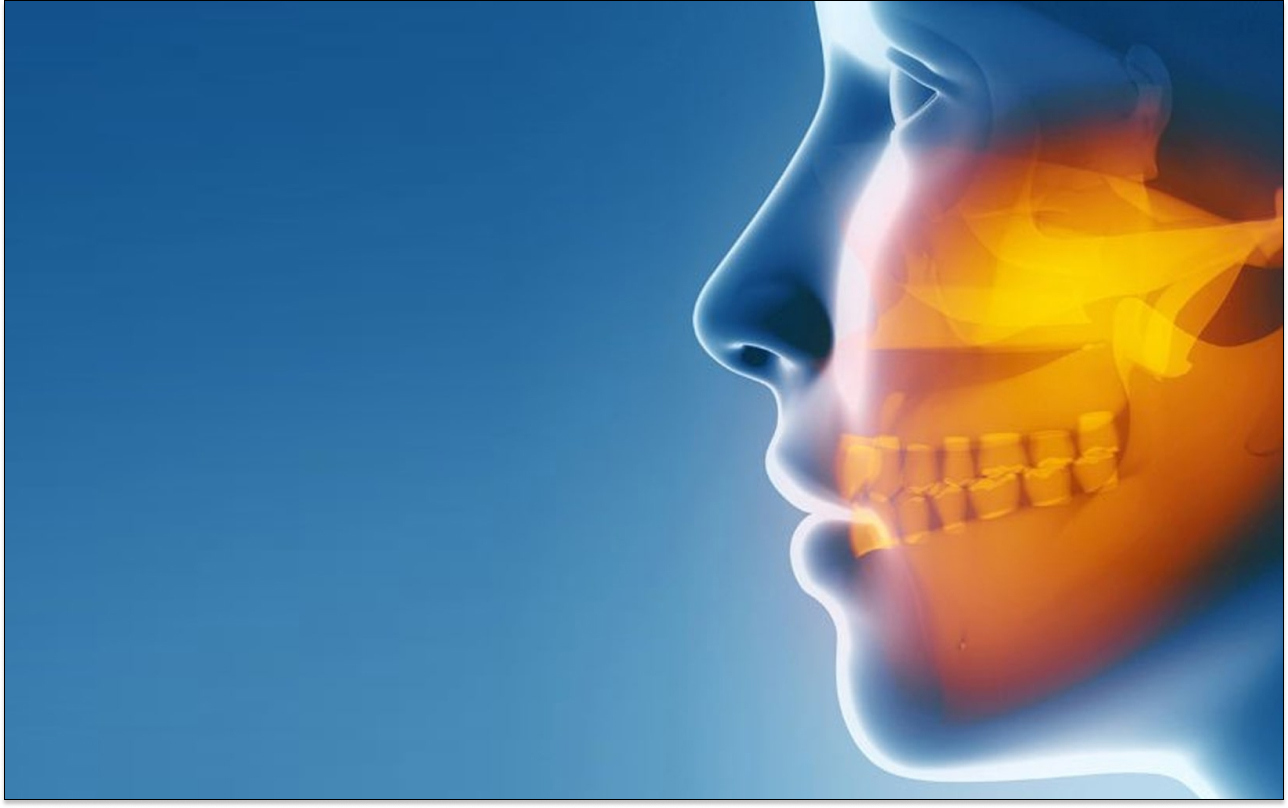Dental Implantation and Gnathology. What’s the Connection?
Implantation has become an essential part of dentistry in cases of one, two, or even all missing teeth in a patient. When we consider getting an implant, we choose a clinic based on our requirements and possibilities. And when it comes to our health, we have always trusted, and will continue to trust, German medicine. The same applies to dental implants: our clinic has chosen German and Swiss technologies for implantation. This includes German-Swiss ICX implants and Swiss STRAUMANN implants. There is extensive information online about the quality of STRAUMANN implants, and you can find details there.
Now I’ll tell you about the most popular ICX implants at Denta Vita clinic. German ICX implants have outperformed many local competitors in Germany and have reached fourth place in sales on the German market. This speaks to the high quality of these implants, which have been highly regarded by German doctors for decades. They are made from Grade 4 cold-rolled titanium and have been certified by the independent German organization CLEAN IMPLANT, guaranteeing an exceptionally clean surface for the ICX implant. These implants are exclusively manufactured in Germany.
For the prosthetics of our patients, we only use original components (abutments, multi-units, Ti-base, and connection screws). We never use replicas (counterfeit components). Replicas are often used in other implant systems to reduce costs. These replicas may be much cheaper but are made from materials of dubious quality, which can cause allergies, galvanic currents, and may not be sufficiently precise. They do not offer a precise connection with the implant, which can lead to its loosening and the penetration of pathogenic microorganisms, causing peri-implantitis (inflammation around the implant and bone resorption). You probably know the saying, “there’s no free cheese except in a mousetrap.” Be cautious!
In addition, our doctors use gnathological principles in prosthetics. Our chief doctor, Serghei Suhan, studied gnathology for four years at the Medical University of Vienna – VieSID.
What is gnathology?
Gnathology is the science that studies the mechanisms of chewing, swallowing, articulation, breathing, and stress management, which includes the morphology, anatomy, physiology, pathology, and therapy of the oral cavity organs, specifically the shape and position of the jaws, teeth, and vital organs, and their connection to the whole body.

What does a gnathologist treat?
The most important component of the masticatory system is the temporomandibular joint (TMJ). Movements of the lower jaw result from a complex interaction between masticatory muscles, temporomandibular joints, and teeth, regulated by the neuromuscular system.
The main cause of TMJ dysfunction is incorrect occlusion, caused by improper prosthetics with crowns or veneers, flat or high fillings, single or multiple defects of the dental arch (missing teeth), which leads to tooth tilting and changes in contacts between them, jaw injuries, improper bite, or pathological tooth wear. All of these lead to a decrease in bite height (occlusion) or changes in occlusal contacts of the teeth.
For this reason, when we carry out prosthetics, we carefully analyze the entire masticatory system and occlusion before proceeding with implantation in the area of the missing tooth. This is extremely important because the absence of a tooth leads to the adaptation of the entire dento-maxillary system and the body to the new situation, which is usually already compromised. We don’t notice these changes because we gradually adapt to them. However, when we perform prosthetics, we make changes in the dental arch over a short time. We reached this situation over a long period, but we want to complete the prosthetics quickly, in just a week.
Problems can then arise: pain in the masticatory muscles, neck, spine, tinnitus (ringing in the ears), headaches, neck pain, shallow sleep, and shortly after prosthetics, crowns or dental bridges may become unstable or even fracture. This can be due to the presence of a new rigid ceramic crown on the path of the mandible’s movement, which has adapted over time and may lead to the serious consequences mentioned above.
Unlike an implant, a tooth has a periodontal ligament (a small space between the tooth root and the bone) that allows it to cushion and adapt to situations. A dental implant, however, is firmly fixed in the bone and cannot cushion. For this reason, our doctors avoid using full zirconia crowns on implants, as zirconia does not adapt through abrasion and aggressively wears down opposing teeth (from the other arch). This is very damaging both for the implant it is placed on and for the opposing teeth.
Our knowledge acquired at the VieSID School of Gnathology in Vienna enables our clinic’s doctors and dental technicians to create implant-supported structures that easily adapt to new conditions, thus avoiding complications around the implant and in the body as a whole. This is known as a gnathological approach to treating dental patients, whether it is a small filling or full rehabilitation with veneers or prosthetics with ceramic crowns on implants.
For more information regarding your case of implantation or prosthetics, you can call us at: +37379999033
